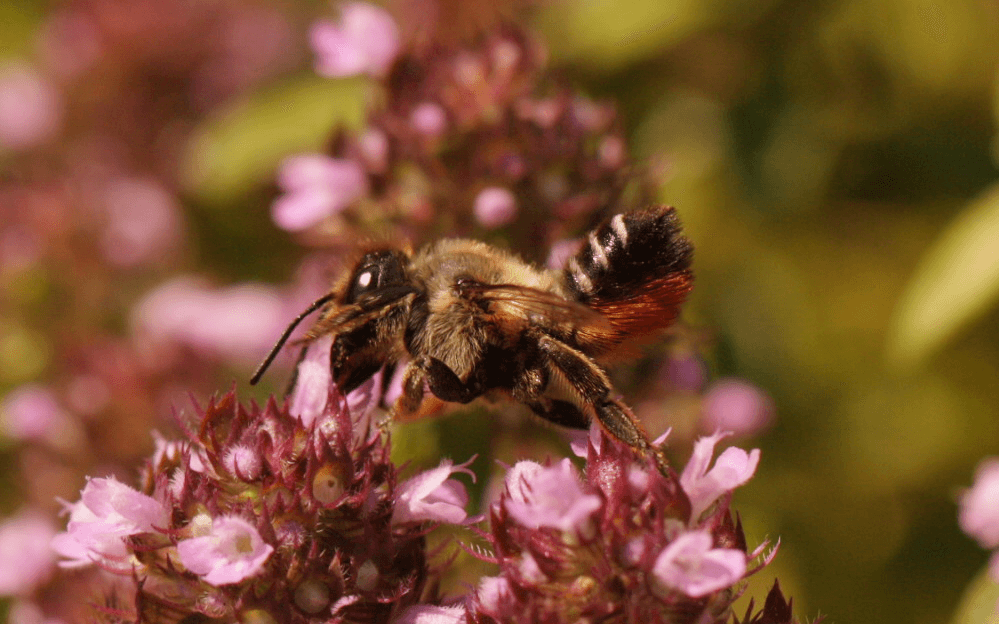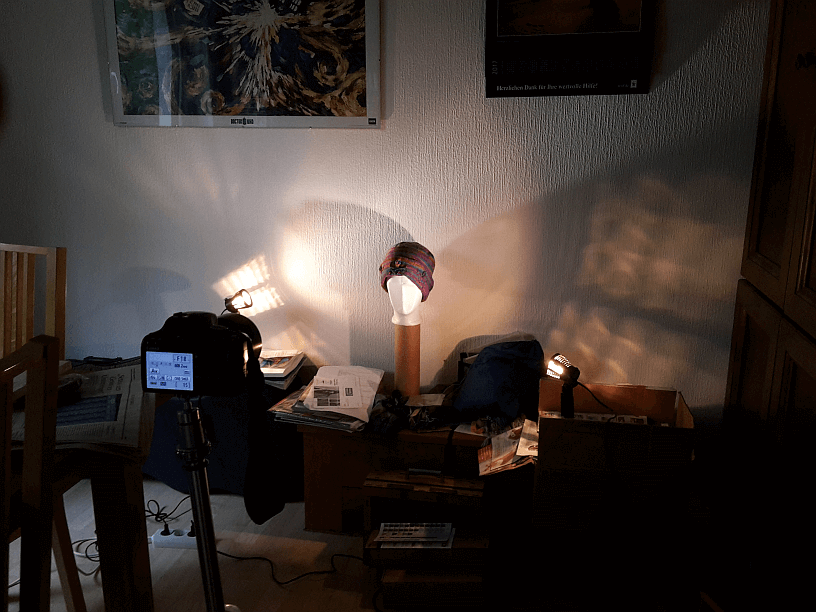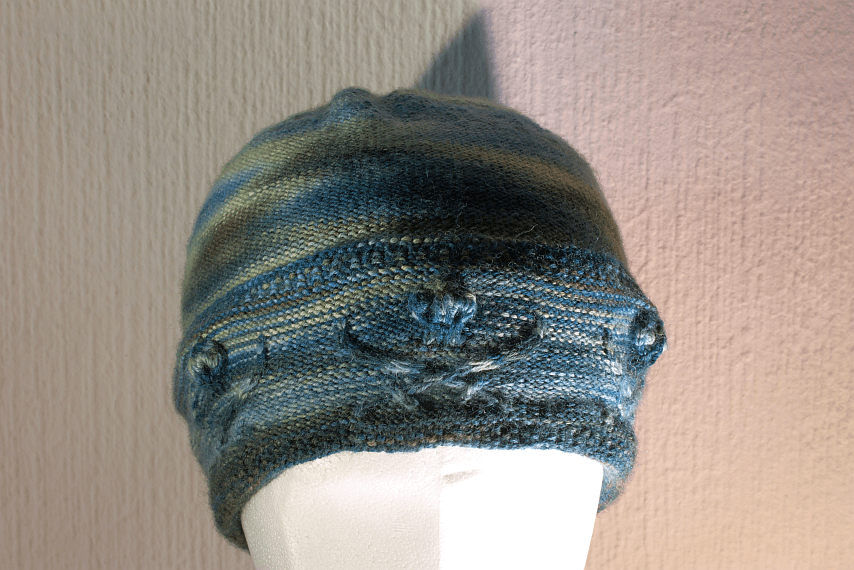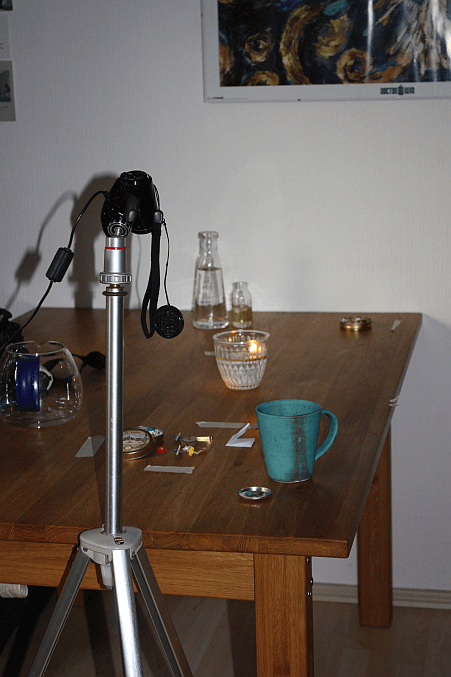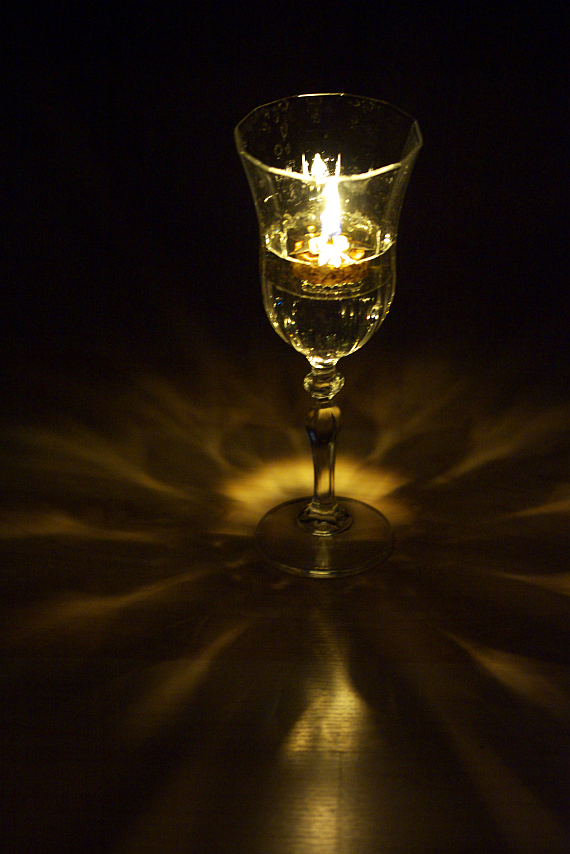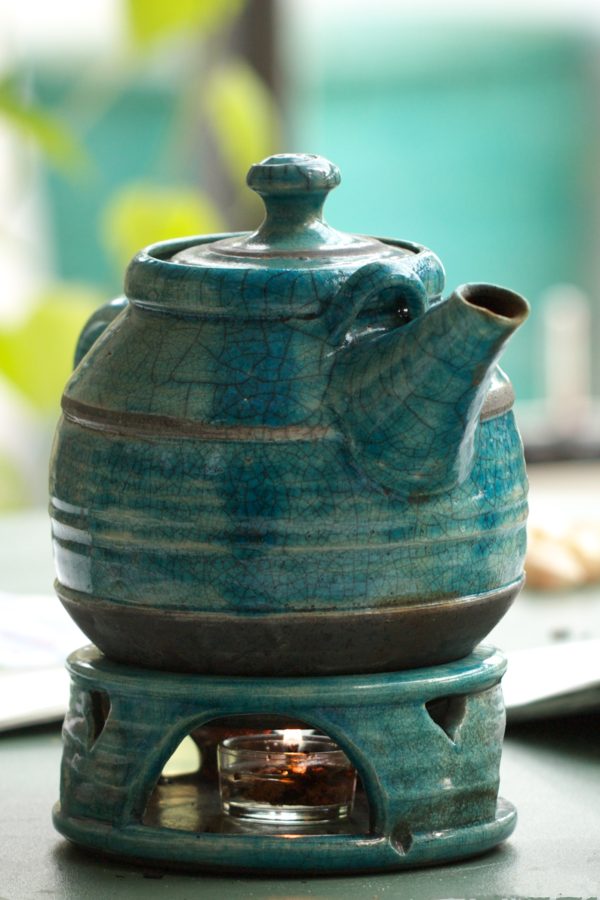Since writing about the photo-taking spree, I thought that maybe it would be a thing to share some of my tips with you, regarding taking photographs of objects... just in case. Right?
First of all - if you are planning to take photos in a museum (which for most of us will be the most common thing), make sure that you are allowed to do so. Museums normally do not allow the use of flash, and often the use of a tripod is also forbidden. You might get allowed that if you ask nicely, and explain what you want to have the photos for. Make sure you know the museum's wishes on whether the pictures may be shared, or published, and under what conditions.
When taking photos, using the flash is out because of the potential of light damage to objects, especially textiles. It's also not much use anyways, as the glass cases will reflect the light, rendering your picture unhelpful.
So. Ideally, you want to have a camera that can do raw photos (digital negatives), and have a "fast lens". I've had good results with tuning exposure down in the general settings, going for slightly to considerably underexposed pictures, then upping exposure in the post-production. A dark picture can be lightened, but a blurry picture stays blurry. Some modern lenses and cameras offer a stabilising mode - that can definitely help.
Sometimes you can get away with actually touching the lens to the glass of the case (not all museums will suffer you to do this, and I've been told off for it more than once); that helps to stabilise these always-shaking hands that humans have. If you may use a tripod, do. In that case, a remote control for taking the photos is a good thing, otherwise your tripod might still vibrate from your pressing the button.
Try to keep your lens parallel to the object, so you can have a good depth of field; that is especially important if you are using a zoom lens or macro lens.
Using a white balance gadget can save you a good bit of time in processing your images afterwards.
Take a lot of pictures. And then some more. Thanks to digital photography, that is not costing an arm and a leg anymore as it used to in the times of analog film, so maybe invest in one or two good, fast storage cards extra and then click away.
Finally, and possibly the most important bit of advice: Make sure you'll know afterwards what you did take pictures of! When I'm doing museum photography, I always, always make sure to take a picture of the explanatory plaque as well; that holds the description of the piece and its inventory number. When I sort my images, I add that number to the description text in my photo database together with, duh, the name of the museum (which is usually not on the plaque...) - and if there are copyright or publishing restrictions on the photo, I make a remark of that as well.
Any thing that you have found especially helpful (or not helpful) when taking photos in museums, or in research situations? Let me know!
First of all - if you are planning to take photos in a museum (which for most of us will be the most common thing), make sure that you are allowed to do so. Museums normally do not allow the use of flash, and often the use of a tripod is also forbidden. You might get allowed that if you ask nicely, and explain what you want to have the photos for. Make sure you know the museum's wishes on whether the pictures may be shared, or published, and under what conditions.
When taking photos, using the flash is out because of the potential of light damage to objects, especially textiles. It's also not much use anyways, as the glass cases will reflect the light, rendering your picture unhelpful.
So. Ideally, you want to have a camera that can do raw photos (digital negatives), and have a "fast lens". I've had good results with tuning exposure down in the general settings, going for slightly to considerably underexposed pictures, then upping exposure in the post-production. A dark picture can be lightened, but a blurry picture stays blurry. Some modern lenses and cameras offer a stabilising mode - that can definitely help.
Sometimes you can get away with actually touching the lens to the glass of the case (not all museums will suffer you to do this, and I've been told off for it more than once); that helps to stabilise these always-shaking hands that humans have. If you may use a tripod, do. In that case, a remote control for taking the photos is a good thing, otherwise your tripod might still vibrate from your pressing the button.
Try to keep your lens parallel to the object, so you can have a good depth of field; that is especially important if you are using a zoom lens or macro lens.
Using a white balance gadget can save you a good bit of time in processing your images afterwards.
Take a lot of pictures. And then some more. Thanks to digital photography, that is not costing an arm and a leg anymore as it used to in the times of analog film, so maybe invest in one or two good, fast storage cards extra and then click away.
Finally, and possibly the most important bit of advice: Make sure you'll know afterwards what you did take pictures of! When I'm doing museum photography, I always, always make sure to take a picture of the explanatory plaque as well; that holds the description of the piece and its inventory number. When I sort my images, I add that number to the description text in my photo database together with, duh, the name of the museum (which is usually not on the plaque...) - and if there are copyright or publishing restrictions on the photo, I make a remark of that as well.
Any thing that you have found especially helpful (or not helpful) when taking photos in museums, or in research situations? Let me know!




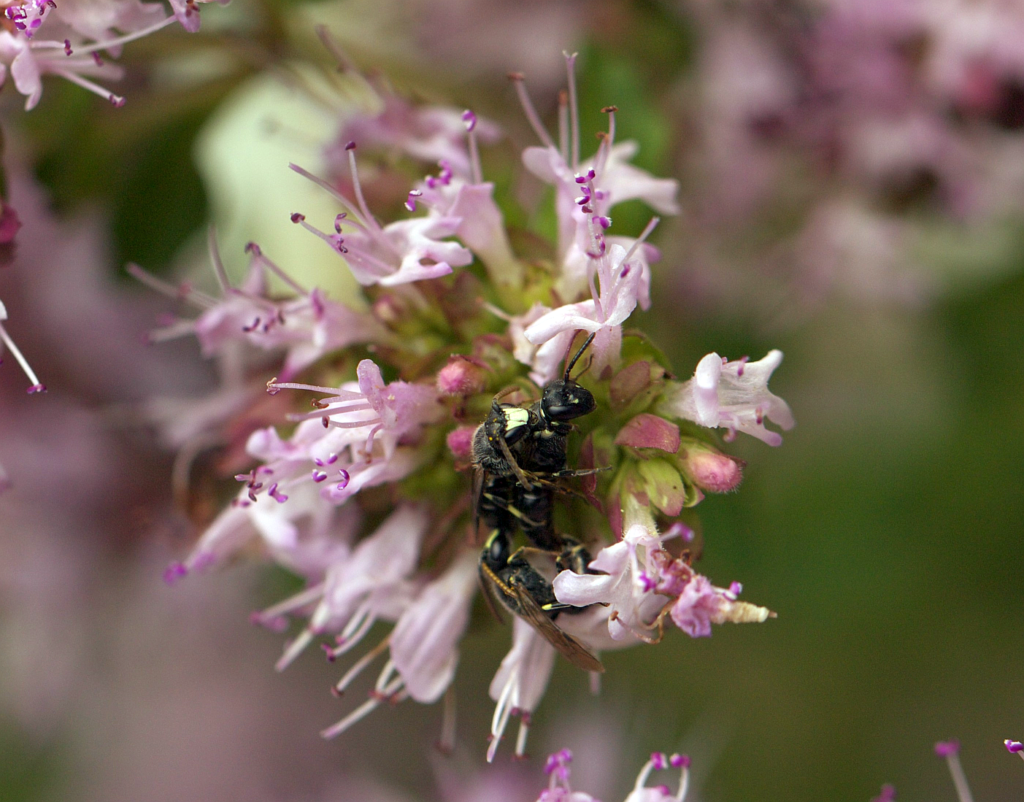 Some kind of
Some kind of 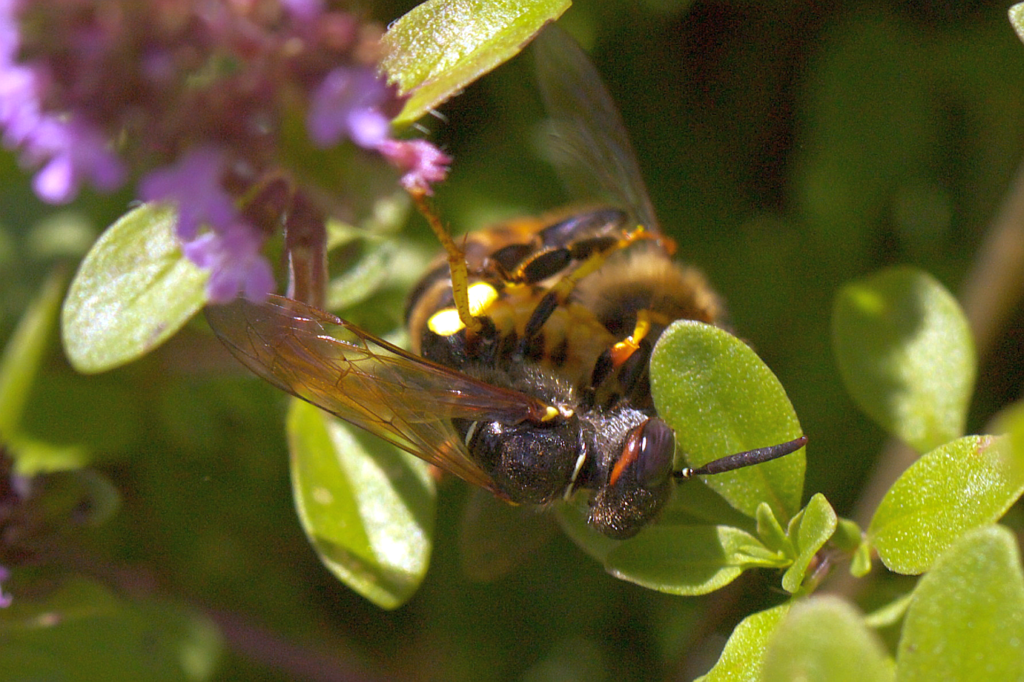 A wasp in a fight with a bee of some kind, probably trying to get some food for her young. (Both of them, in fact, were probably trying to get some food, but only one will go home successfully...)
A wasp in a fight with a bee of some kind, probably trying to get some food for her young. (Both of them, in fact, were probably trying to get some food, but only one will go home successfully...)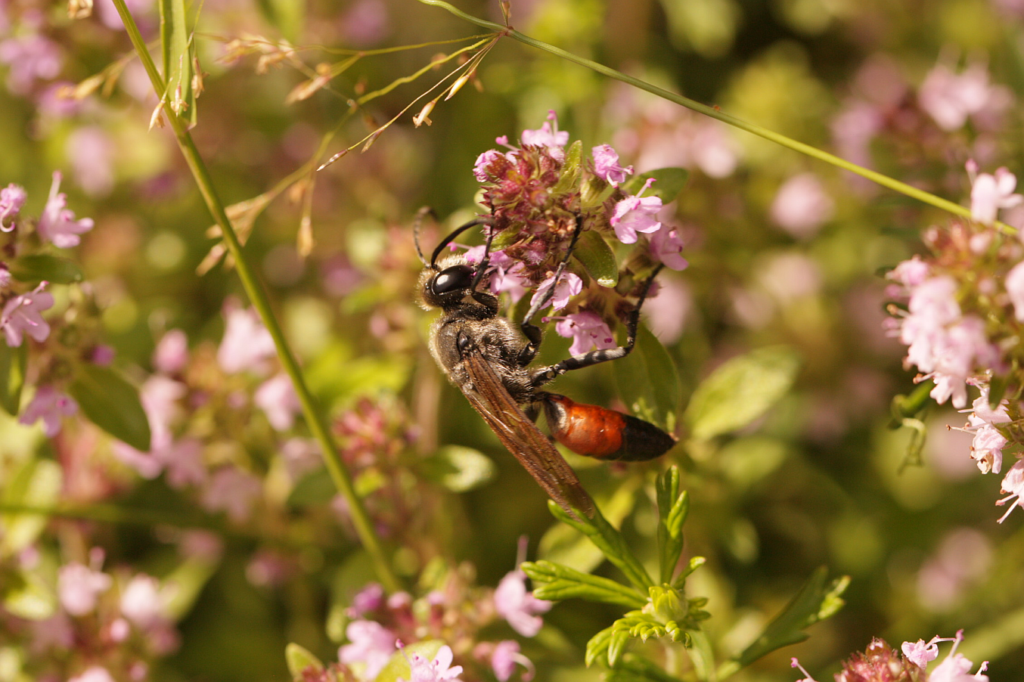 Some kind of wasp, as yet unidentified. There's lots of wasp-like insects with a red and black abdomen, as I've learned! It was about 3 cm in length, so fairly huge.
Some kind of wasp, as yet unidentified. There's lots of wasp-like insects with a red and black abdomen, as I've learned! It was about 3 cm in length, so fairly huge.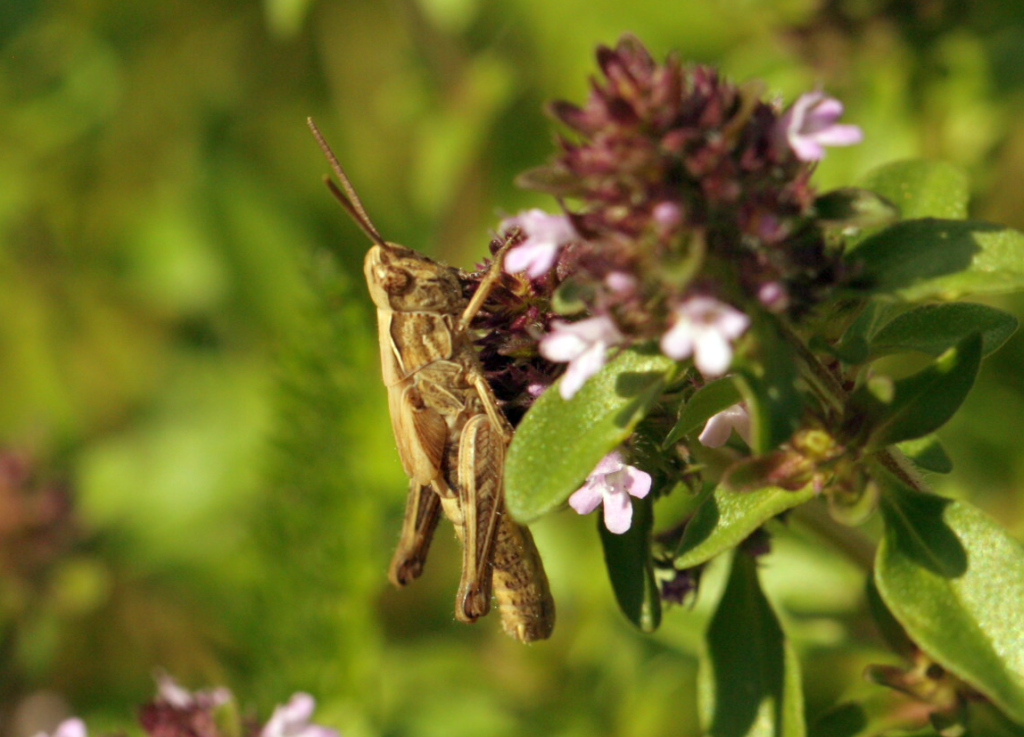
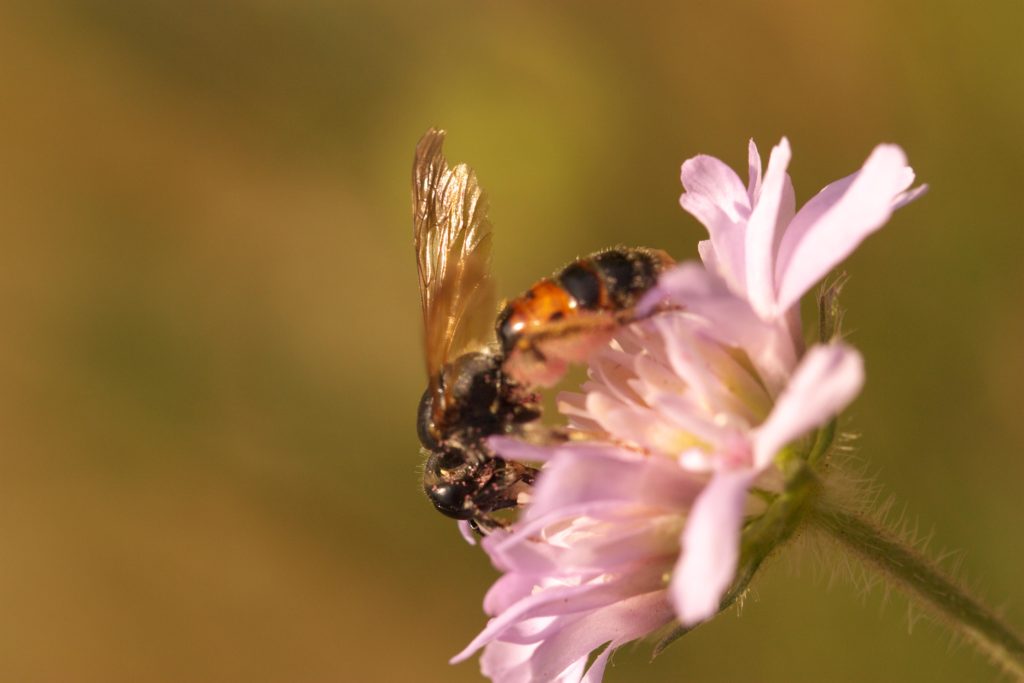
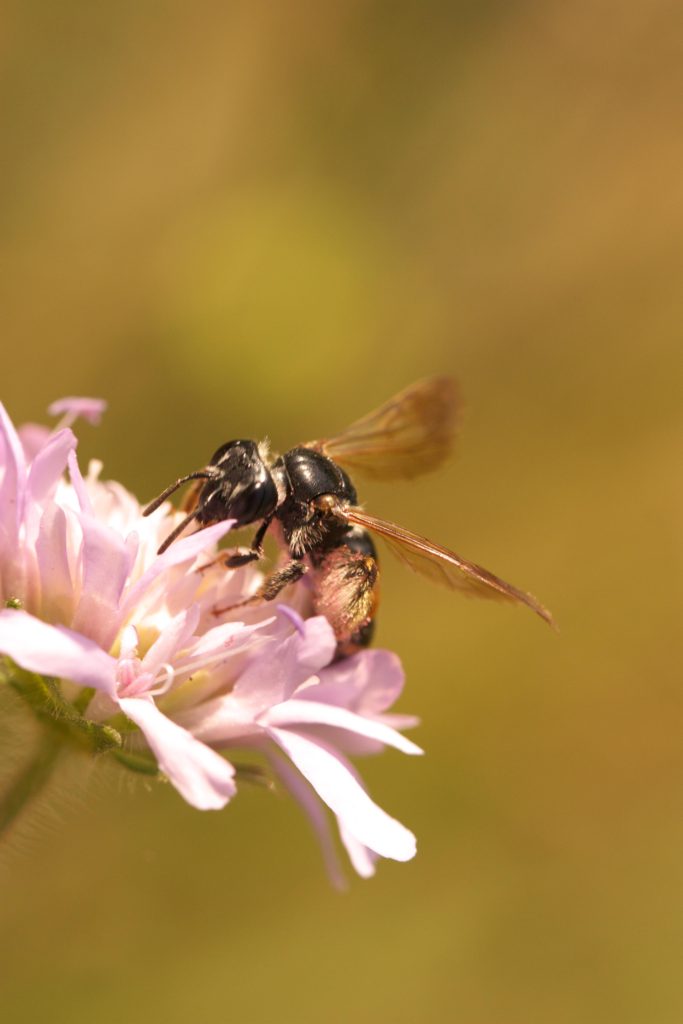
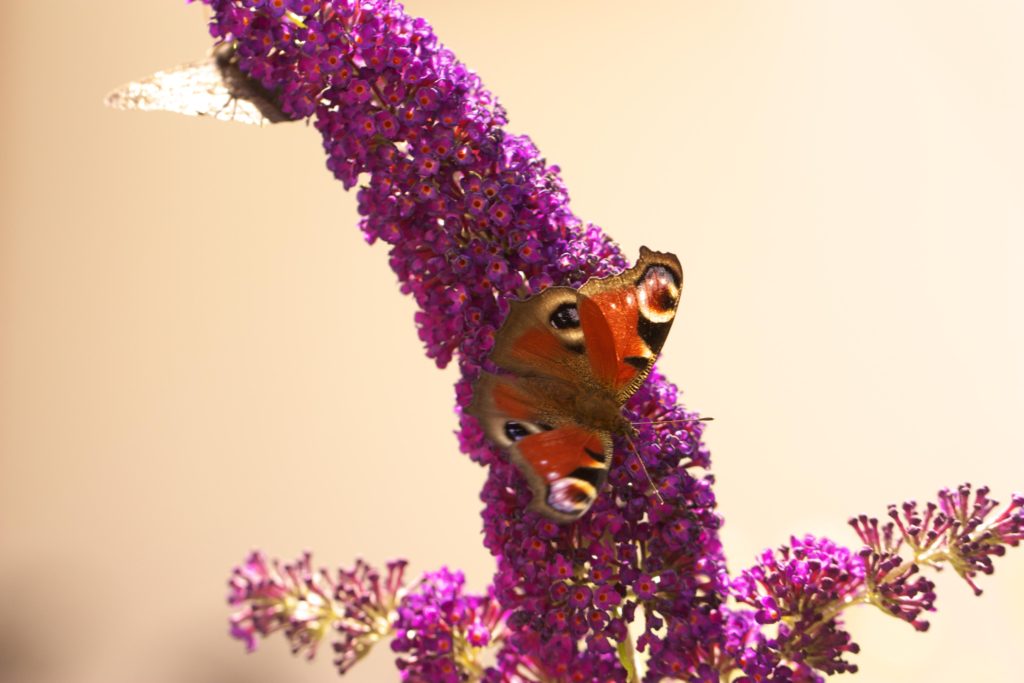
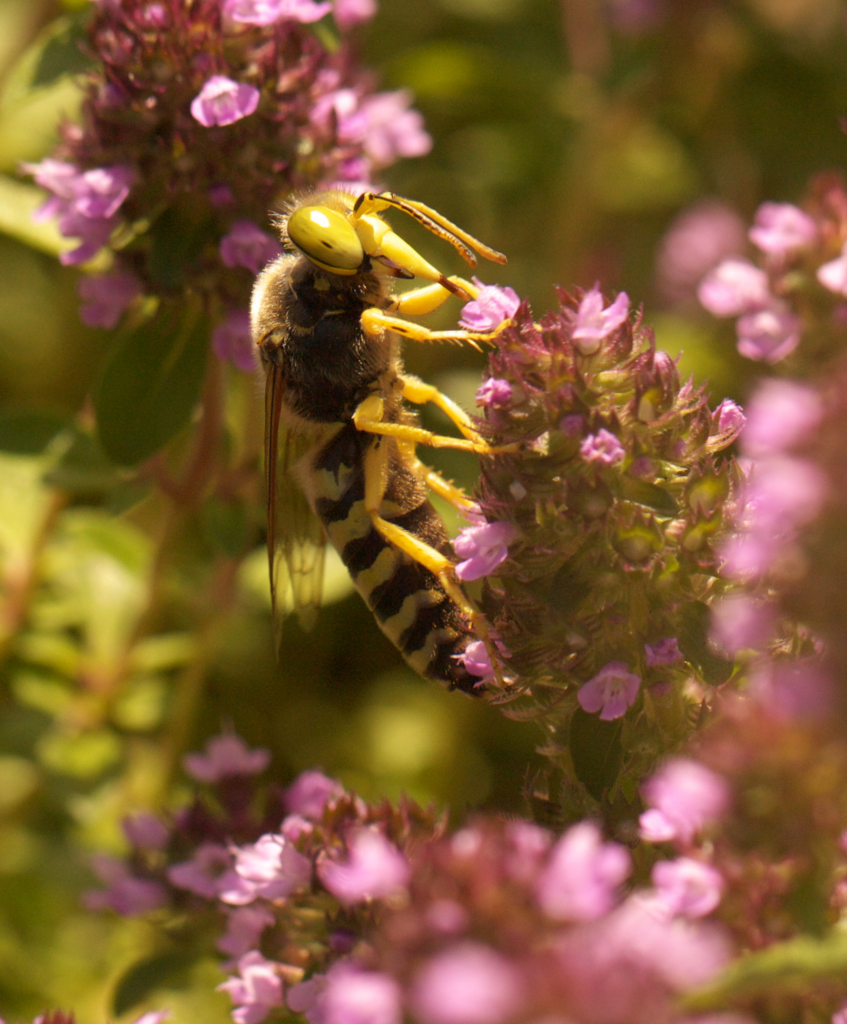 Male Gallische Feldwespe (European Paper Wasp),
Male Gallische Feldwespe (European Paper Wasp), 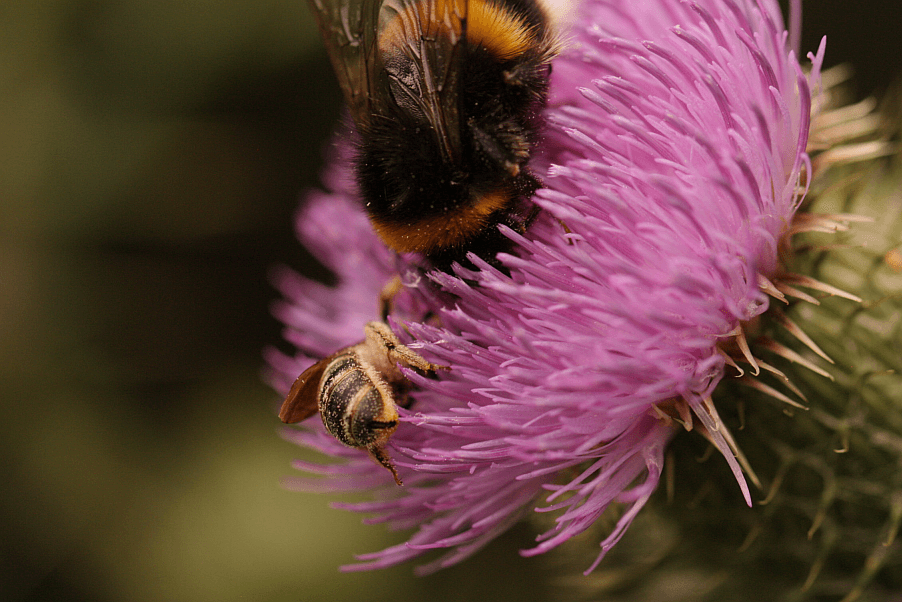 Gelbbindige Furchenbiene,
Gelbbindige Furchenbiene, 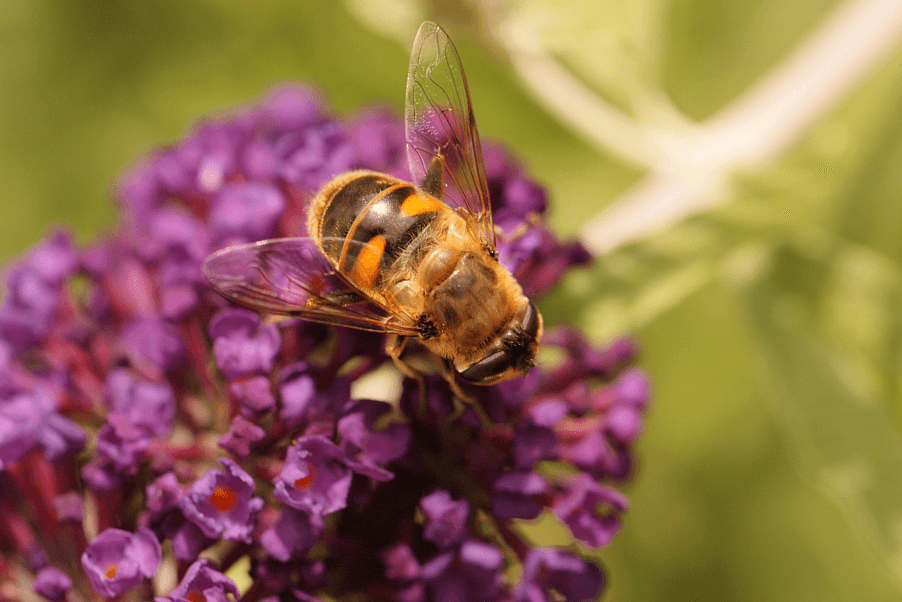 Probably
Probably 